Mastering the art of serving in pickleball isn’t just about getting the ball over the net; it’s about setting the tone for the entire point. A consistent serve can be the difference between dominating the court or playing catch-up. It’s the first step in a strategic game plan, laying the groundwork for success.
Developing a reliable serve strategy involves more than just practice; it requires a blend of technique, precision, and mental preparation. Whether you’re a seasoned player aiming to refine your skills or a newcomer eager to make your mark, understanding the key components of a successful serve is crucial. Let’s dive into how you can build a serve strategy that’ll keep your opponents on their toes and elevate your pickleball game to new heights.
Understanding the Importance of a Consistent Serve
In the world of pickleball, serving isn’t just about getting the ball over the net; it’s the first strategic move in a game filled with fast-paced volleys and strategic ball placement. A consistent serve sets the stage for success, providing the server with a unique opportunity to control the pace and direction of the initial play. This advantage can be pivotal in pickleball, where points can be won or lost based on the opening moves.
Consistency in serving guarantees that the player isn’t just relying on luck or a powerful game-day adrenaline surge. Instead, they’re building their strategy on a foundation of reliable skills and techniques that can withstand the pressures of competitive play. The skill of consistently placing serves in difficult areas for the opponent to return is a significant psychological advantage, placing stress on the receiver to make a perfect return.
Moreover, mastering a variety of serves, including both power and soft serves, enhances a player’s ability to keep opponents guessing. Introducing unpredictability into one’s serve strategy forces opponents to stay on their toes, making it harder for them to predict and prepare for the serve. This unpredictability, when combined with consistency, creates a challenging dynamic for the opponent, often leading to errors or less strategic returns.
The Impact of a Solid Serve Strategy
Developing a solid serve strategy involves more than just repetitive practice. It requires a player to analyze their opponents’ weaknesses and adjust their serving style accordingly. For instance, if an opponent struggles with returning soft serves, a player can capitalize on this by incorporating more of these serves into their strategy. Here’s how a consistent serve impacts the game:
- Initiates Offensive Plays: A well-placed serve can immediately put the receiver on the defensive, allowing the server to dictate the game’s pace.
- Reduces Unforced Errors: Consistency minimizes the risk of faults and gives players a higher chance of scoring off the serve.
- Builds Confidence: Knowing they have a reliable serve allows players to play more confidently, impacting their overall performance positively.
The table below illustrates the importance of a consistent serve in game outcomes among intermediate and advanced players.
| Skill Level | Serve Consistency Rate | Game Win Rate |
|---|---|---|
| Intermediate | 75% | 60% |
| Advanced | 85% | 75% |
Analyzing the Key Components of a Successful Serve

When delving into the world of pickleball, mastering the serve is a pivotal step toward elevating one’s game. A successful serve in pickleball is not just about getting the ball over the net; it’s a blend of precision, power, and unpredictability. Players who understand and implement these key components often find themselves a step ahead in the game.
Precision is the cornerstone of an effective serve. Serving with precision means consistently placing the ball in areas of the court that are challenging for the opponent to return. This doesn’t necessarily mean hitting the ball with immense force. Instead, it’s about making calculated decisions and executing them with accuracy. For instance, targeting the backhand of an opponent who struggles with backhand returns can make all the difference. Precision serves force opponents into uncomfortable positions, setting the server up for success.
Power in a serve commands respect from the opposing side. A powerful serve can force errors, making it harder for opponents to control their returns. However, power should not come at the expense of accuracy. Balancing both aspects is crucial. Players who master this balance become formidable opponents. Varying the power behind serves keeps the receiving player on their toes, unsure of what to expect next.
The element of unpredictability is what keeps opponents guessing. Developing a variety of serves – including spin serves, soft serves, and deep power serves – ensures that players are not too predictable. Changing up the serve not only keeps the game interesting but also amplifies the psychological battle, putting additional pressure on the opponent. A well-timed unexpected serve can disrupt the rhythm of even the most experienced players.
To effectively combine these components, players must engage in consistent practice. Regularly focusing on each aspect of the serve enhances muscle memory, making precise, powerful, and unpredictable serves more natural over time. Practice sessions could involve targeting specific areas of the court, adjusting the serve’s power, and experimenting with different types of serves.
Feedback and adjustment play a critical role in refining one’s serve. Videotaping serve sessions or playing with a partner who can provide constructive criticism helps identify areas for improvement. Players should be open to tweaking their techniques based on feedback to enhance the effectiveness of their serves.
- Precision: Aim for specific areas to challenge the opponent.
- Power: Use controlled force to make returns difficult.
- **Un
Mastering Technique for a Reliable Serve

Developing a consistent and reliable serve in pickleball is not just about hitting the ball hard; it’s a fine blend of technique, timing, and practice. Players often overlook the nuances that can turn an ordinary serve into a formidable one. Mastering the technique of serving begins with understanding the mechanics and gradually incorporating them into one’s game.
The first step towards a reliable serve is adopting the correct stance. Players should position their feet shoulder-width apart, with the foot opposite their playing hand slightly forward. This stance provides balance and allows for a fluid motion during the serve. The grip on the paddle is equally important. A firm yet comfortable hold ensures better control and precision.
Consistency in the serve’s motion is crucial. A smooth, repeatable swing helps in maintaining control over the serve’s direction and speed. Practitioners suggest visualizing the serve’s path and practicing the swing without the ball. This method reinforces muscle memory and builds confidence in one’s ability to deliver the serve as intended.
Incorporating a ritual before serving can significantly enhance consistency. This could be a specific number of bounces of the ball on the court or a particular way of tossing the ball. Such rituals not only prepare the body and mind for the serve but also introduce a routine that can improve focus and reduce errors.
The serve’s power comes from the combination of the arm swing and the body’s rotation. Power should not solely emanate from the arm; incorporating the hips and torso in the serve amplifies the power while reducing the strain on the arm. This technique not only increases the serve’s effectiveness but also ensures a lesser risk of injury.
Adapting the serve to different play situations is essential. Mastering a variety of serves—such as the soft serve to the opponent’s weak side, the power serve deep into the court, or the tricky spin serve—keeps the opponent guessing and opens up the court for offensive plays. Each type of serve has its place and time, and knowing when to use which serve comes with experience and strategic thinking.
Practice is the backbone of mastering serving technique. Regular practice sessions dedicated to serving help in fine-tuning the mechanics, timing, and placement. Feedback from coaches or experienced players can provide invaluable insights into what works and what needs improvement.
| Aspect | Benefit |
|---|---|
| Correct Stance | Enhances Balance & Fluid Motion |
| Grip |
Developing Precision for Enhanced Serve Accuracy
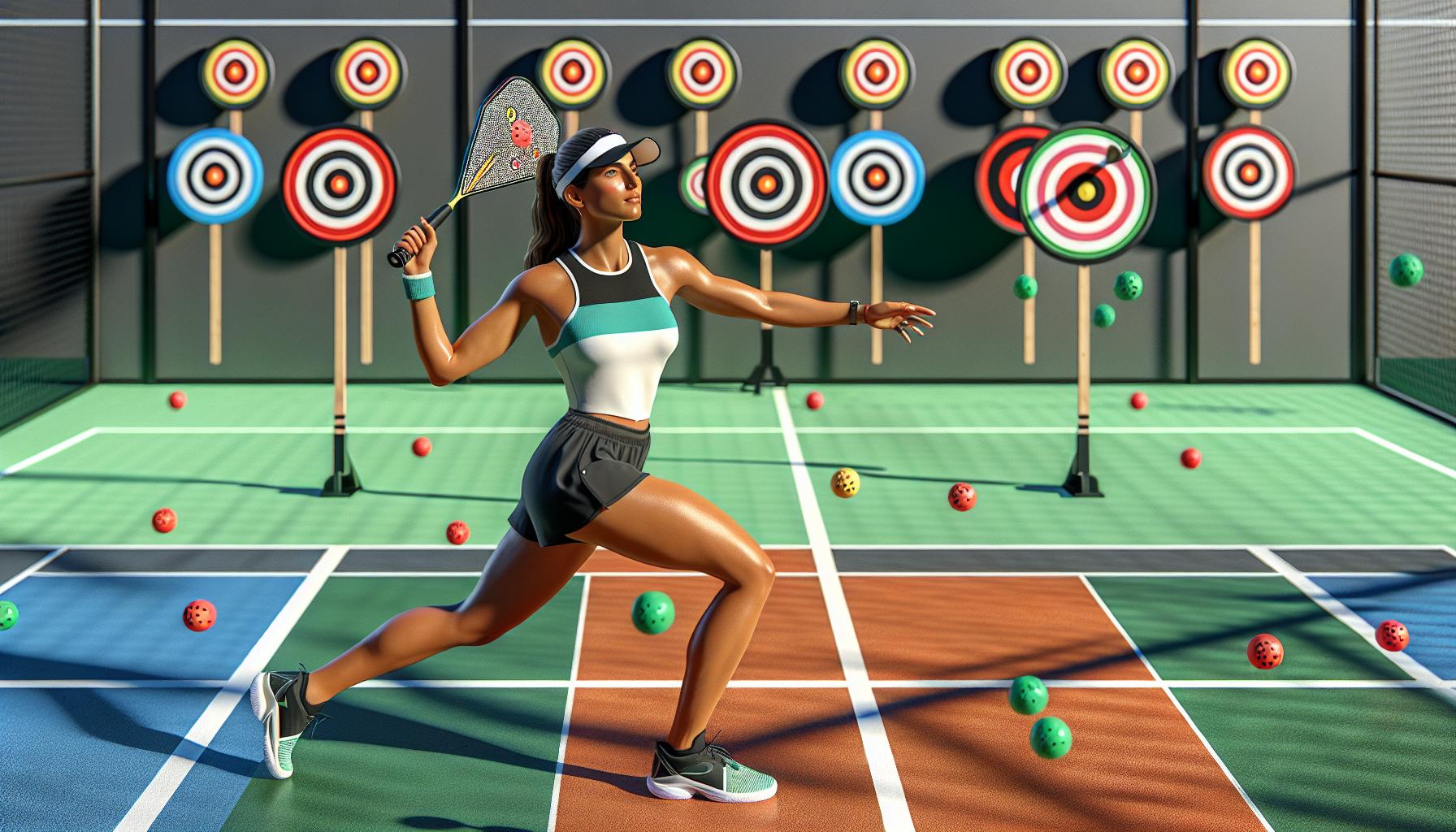
In the fast-paced game of pickleball, the difference between winning and losing often hinges on serve accuracy. Developing a precise serve involves more than just aiming at a target; it requires a mix of consistent practice, strategic placement, and a deep understanding of the game’s dynamics. Precision in pickleball serves not only puts the opponent under pressure but also opens up the court for strategic play.
One of the first steps in enhancing serve accuracy is to define clear objectives for each serve. Players should ask themselves whether they’re aiming to corner their opponent, force a weak return, or set up a specific play. Identifying these goals before the serve can significantly increase the chances of hitting the intended spot. Mapping out serves during practice sessions allows players to experiment with different angles and speeds, understanding how minor adjustments affect the ball’s trajectory and bounce.
To achieve accuracy, players must focus on their serve mechanics. A balanced stance, consistent ball toss, and smooth paddle movement are fundamental. Many coaches advocate the importance of a “quiet eye” technique, where players visually lock onto their target before and during the serve motion. This technique has been shown to improve accuracy in various sports, and pickleball is no exception.
Incorporating technology can also play a pivotal role in developing serve precision. Video analysis apps allow players to record and analyze their serve, providing valuable feedback on their technique, timing, and ball placement. Additionally, using targets during practice sessions can offer immediate visual feedback, helping players to adjust their aim and power on the spot.
Moreover, understanding the opponent’s weaknesses and tendencies is crucial for serve placement. Serving to an opponent’s backhand or aiming for their weaker side can drastically increase the chances of gaining the upper hand. Players should also be mindful of environmental conditions, such as wind, which can affect serve accuracy. Adapting the serve based on these conditions is essential for maintaining precision.
Regularly dedicating time to serve practice is undeniably important for fostering accuracy. Short, focused sessions where players concentrate on specific aspects of their serve can lead to significant improvements over time. Feedback from coaches or seasoned players can provide fresh perspectives and corrective advice, helping to iron out any inconsistencies.
Mental Preparation for a Confident Serve
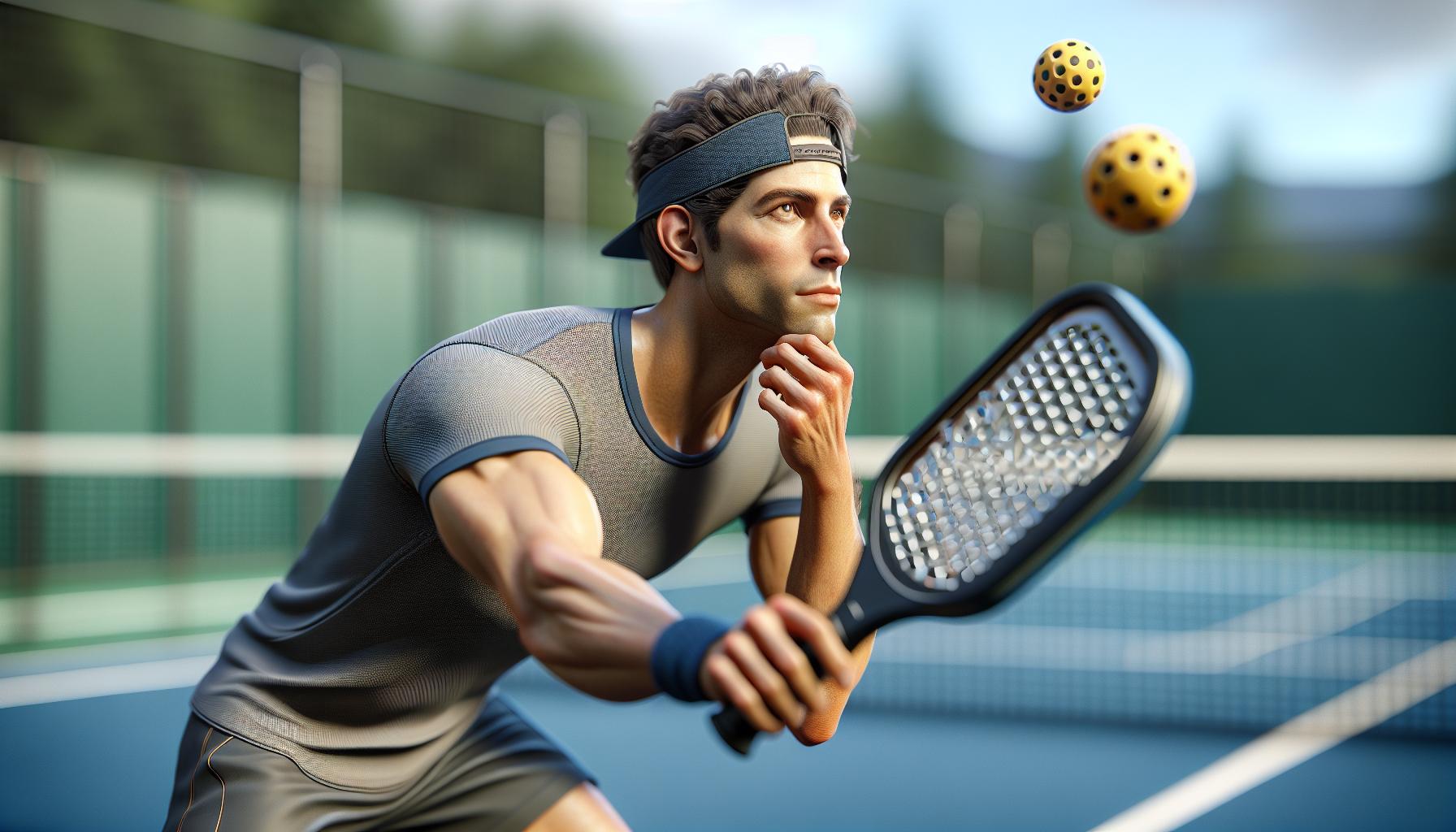
Mental preparation is as crucial as physical practice when crafting a consistent pickleball serve strategy. Players often overlook this aspect, focusing solely on the physical movements. However, the mental game can significantly impact one’s ability to serve confidently and accurately. Integrating mental preparation techniques into your training regimen can elevate your serve from good to unstoppable.
Visualization is a powerful tool in an athlete’s arsenal. Before stepping onto the court, spend a few minutes visualizing successful serves. Imagine the ball’s trajectory, the feel of the paddle in your hand, and the ball landing in precisely the right spot. This practice not only enhances confidence but also prepares the brain for the task ahead, creating a mental blueprint that the body can follow.
Setting realistic and specific goals for each serve can also sharpen focus. Instead of simply aiming to get the ball over the net, set detailed objectives such as hitting a particular section of the opponent’s court or achieving a certain spin. These concrete goals can help maintain focus during the game and provide a clear direction for practice sessions.
The practice of mindfulness is another critical element of mental preparation. Mindfulness involves being fully present in the moment, aware of one’s thoughts and feelings without judgment. By cultivating mindfulness, players can learn to manage nerves and negative thoughts that may arise during a match. Techniques such as deep breathing or a short meditation before serving can help clear the mind, calm nerves, and focus solely on the task at hand.
Dealing with pressure is an inevitable part of any competitive sport, and pickleball is no exception. Developing a routine before each serve is a practical way to manage this pressure. This routine can be as simple as bouncing the ball a certain number of times, adjusting your grip, or taking a deep breath. Over time, this routine signals the brain that it’s time to focus, providing a sense of stability and familiarity amidst the unpredictability of the game.
Lastly, positive self-talk can profoundly influence a player’s confidence and mental state. Replace negative thoughts with positive affirmations such as “I am a strong server” or “I can hit my target.” Believing in one’s abilities can sometimes be half the battle. It’s crucial, however, to keep this self-talk realistic to not build false confidence.
Implementing Serve Variations for Tactical Advantage

Developing a consistent and strong pickleball serve is vital, but adding serve variations can give players a tactical edge over their opponents. Mastery of different serve techniques allows players to keep their adversaries guessing and under pressure, making it an invaluable skill in competitive play.
Why Serve Variations Matter
Serve variations are not just about showcasing one’s skills; they serve a strategic purpose. By mixing up serves, players can:
- Disrupt the opponent’s rhythm: Constantly facing the same serve allows opponents to get comfortable and anticipate the ball’s movement. Diverse serves break this predictability.
- Exploit weaknesses: Every player has their strengths and weaknesses. Varied serves can target an opponent’s weak spots more effectively.
- Manage game pace: Slow serves can slow down the game, while fast serves ramp up the pace, allowing the serving player to control the game’s tempo.
Key Serve Variations to Master
Players should consider incorporating the following serve variations into their strategy:
- Soft Serve: A soft serve is less about power and more about placement. Ideally, it should land near the baseline, forcing the opponent to move back, which opens up the court.
- Power Serve: As the name suggests, this serve is all about speed. It’s aiming to catch the opponent off guard, giving them less time to react and set up for their return shot.
- Spin Serve: Adding spin to the serve can significantly alter the ball’s trajectory and bounce, making it harder for the opponent to predict and return effectively.
- Deep Serve: Targeting the back of the opponent’s court keeps them at a distance, making it tougher for them to execute a powerful return.
Practicing Serve Variations
Incorporating these variations into one’s game requires practice. Here’s how players can effectively add these serves to their arsenal:
- Set specific practice goals: Each practice session should focus on one type of serve, dedicating time to understanding its mechanics and finding the optimal way to execute it.
- Use drills to replicate match conditions: Practicing serves under different conditions (wind, sunlight direction) helps simulate real-match scenarios, preparing players for any situation.
- Record and analyze: Recording serves can help players visually identify areas of improvement and adjust their technique accordingly.
Building Strategies for Different Game Situations
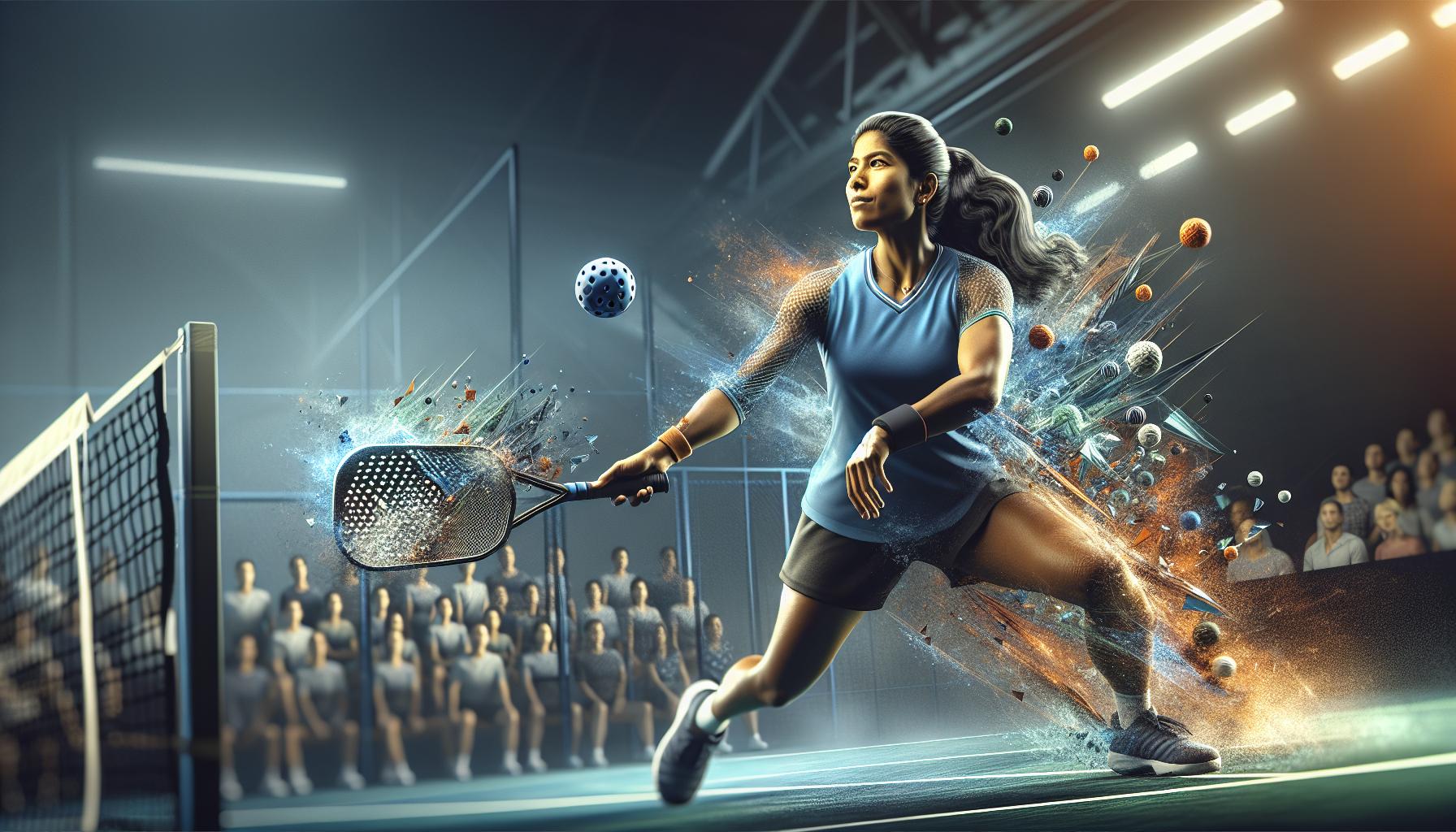
Adapting a pickleball serve strategy to various game situations is crucial for maintaining an edge over opponents. A one-size-fits-all approach rarely works in competitive sports, and pickleball is no exception. Players need to analyze both their strengths and the weaknesses of their opponents to tailor their serve strategy accordingly. This section outlines how players can build flexible strategies to keep their opponents guessing and under pressure.
Analyzing the Opponent
Before devising a serve strategy, it’s vital to observe the opponent’s gameplay. Players should look for patterns in how their opponents return serves. Some may struggle with high, lobbed serves, while others find fast, low serves challenging. Note also, their positioning – do they stand close to the baseline, or do they prefer to be further back?
Key observations include:
- Opponent’s speed and agility
- Return style preference: forehand or backhand
- Reaction to different serve speeds and spins
Serve Variety
Armed with observations, integrating a variety of serves into one’s strategy can be highly effective. For instance, if an opponent is slow to react, a fast, low serve might be the way to go. Conversely, for opponents who prefer to stay back, a short, soft serve can draw them uncomfortably close to the net.
Implement serve variations by:
- Mixing speeds: Keep opponents off-balance with a combination of slow and fast serves.
- Employing spin: Use topspin or slice serves to complicate the return.
- Altering depth: Serve deep and shallow alternately to force opponents to move.
Situation-Specific Servicing
Beyond personal and opponent analysis, game situation plays a key role in deciding which serve to use. Here are several scenarios where strategic serving is beneficial:
- Starting strong: Opening the game with a powerful, confident serve sets a positive tone.
- Under pressure: When the score is tight, a reliable, well-practiced serve is safer than attempting a risky, high-reward one.
- Exploiting fatigue: Against visibly tired opponents, increasing serve speed or spin can lead to errors on their part.
- Repeated successful returns by the opponent
- Noticeable anticipation of serve direction or
Conclusion
Mastering a consistent pickleball serve strategy isn’t just about physical skills; it’s a mental game too. By embracing mental preparation techniques like visualization and mindfulness, players can boost their serve confidence to new heights. Adding serve variations into the mix not only keeps opponents guessing but also strategically controls the game’s pace. Remember, practice isn’t just about repetition; it’s about smart, goal-oriented drills that mimic real game pressure. Whether you’re starting strong, serving under pressure, or exploiting an opponent’s fatigue, the right serve at the right time can make all the difference. So go ahead, take these tips to the court, and watch your serve game soar.

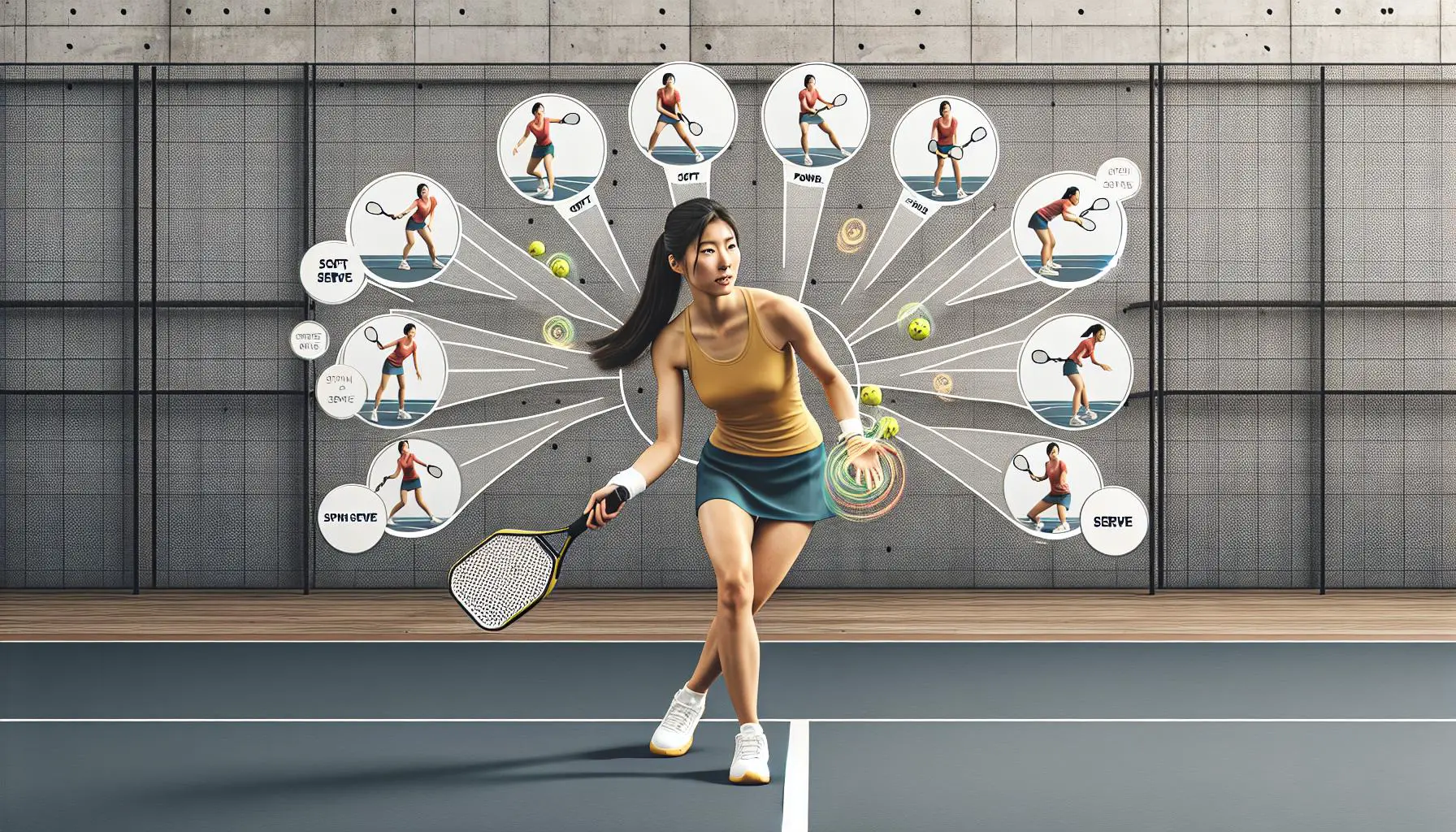









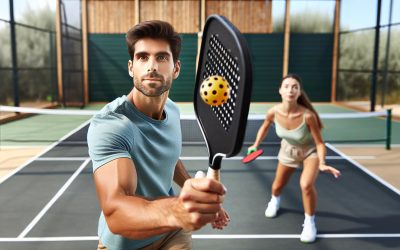
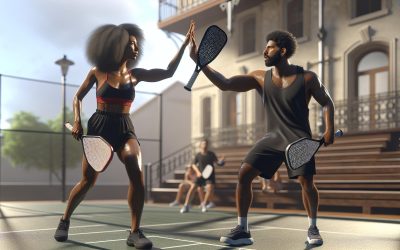

0 Comments